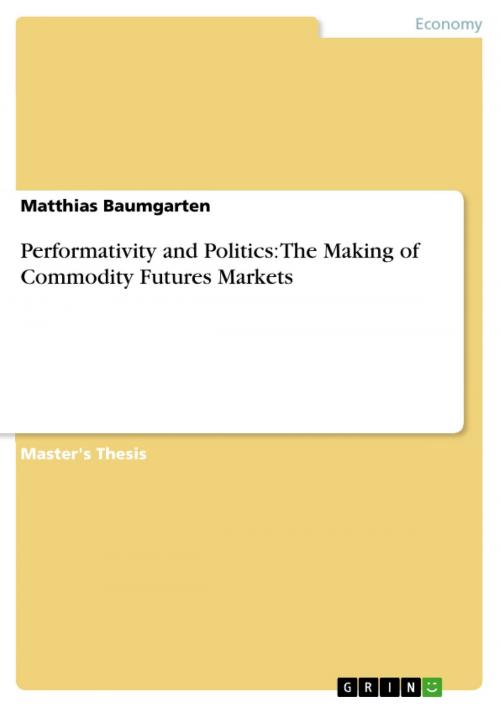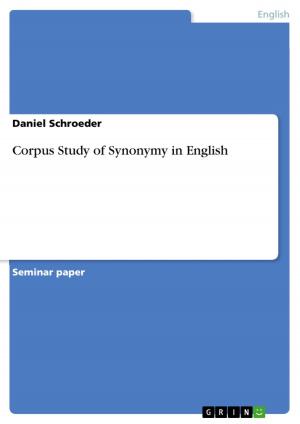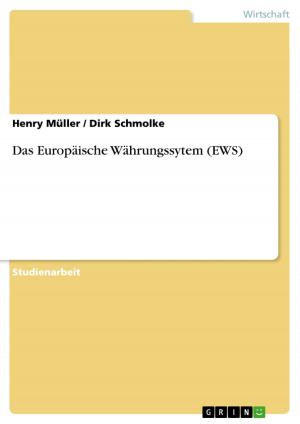Performativity and Politics: The Making of Commodity Futures Markets
Nonfiction, Social & Cultural Studies, Political Science, Politics, Economic Policy| Author: | Matthias Baumgarten | ISBN: | 9783656309802 |
| Publisher: | GRIN Verlag | Publication: | November 14, 2012 |
| Imprint: | GRIN Verlag | Language: | English |
| Author: | Matthias Baumgarten |
| ISBN: | 9783656309802 |
| Publisher: | GRIN Verlag |
| Publication: | November 14, 2012 |
| Imprint: | GRIN Verlag |
| Language: | English |
Master's Thesis from the year 2011 in the subject Business economics - Economic Policy, grade: 1,0 / 85%, University of Warwick (Politics and International Studies), course: International Political Economy (Dissertation), language: English, abstract: In this work I analyze commodity futures markets (CFMs) in order to shed light on the debated relationship between neoclassical economic theory and real-world markets. I show that CFMs clearly reflect a number of neoclassical aspects, but its asocial assumptions mean that the theory fails to explain how these came to be realized. Performativity theory, despite itself neglecting the 'political' factors of agency, power and distribution to a certain extent, proves to be a suitable alternative explanatory approach. Its idea of economic theory as a 'blueprint' can be recognized in conscious steps during the formation of CFMs, which increased the fit of these markets to the neoclassical ideal. Agency and power played a substantial role in shaping performative processes, which led to an approximation of market equilibrium and corresponding positive distributional effects. These outcomes proved to be instable, however, as the entry of big investors in the wake of the current 'financialization' of CFMs had disequilibrating consequences. The resulting instances of counterperformativity shifted the markets away from neoclassical theory and led to adverse distributional impacts.
Master's Thesis from the year 2011 in the subject Business economics - Economic Policy, grade: 1,0 / 85%, University of Warwick (Politics and International Studies), course: International Political Economy (Dissertation), language: English, abstract: In this work I analyze commodity futures markets (CFMs) in order to shed light on the debated relationship between neoclassical economic theory and real-world markets. I show that CFMs clearly reflect a number of neoclassical aspects, but its asocial assumptions mean that the theory fails to explain how these came to be realized. Performativity theory, despite itself neglecting the 'political' factors of agency, power and distribution to a certain extent, proves to be a suitable alternative explanatory approach. Its idea of economic theory as a 'blueprint' can be recognized in conscious steps during the formation of CFMs, which increased the fit of these markets to the neoclassical ideal. Agency and power played a substantial role in shaping performative processes, which led to an approximation of market equilibrium and corresponding positive distributional effects. These outcomes proved to be instable, however, as the entry of big investors in the wake of the current 'financialization' of CFMs had disequilibrating consequences. The resulting instances of counterperformativity shifted the markets away from neoclassical theory and led to adverse distributional impacts.















